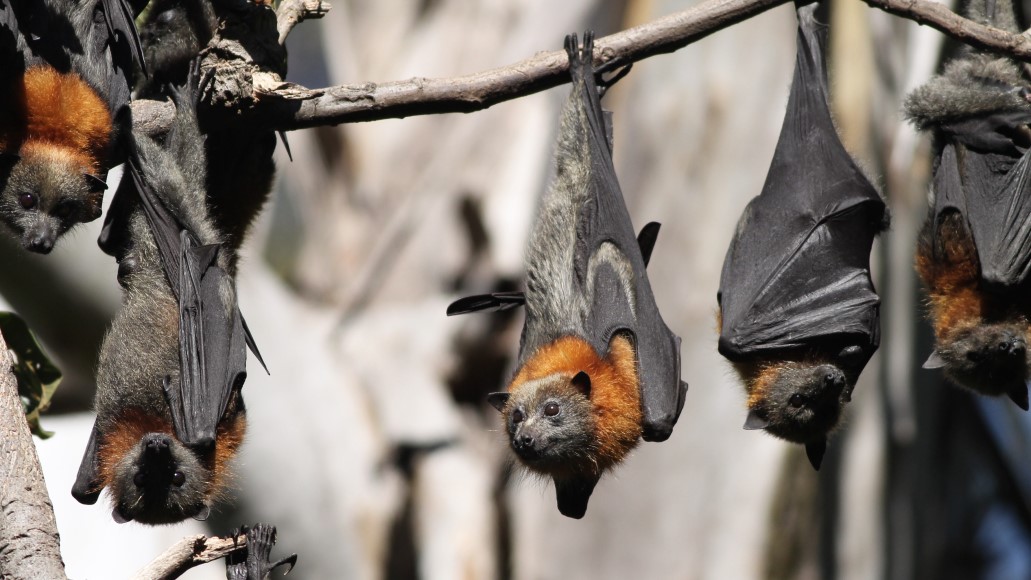Search
Australian brush turkey | Native animals
The Australian brush turkey belongs to the family of birds known as megapodes because of their large feet. They construct large mounds of rotting vegetation to incubate their eggs.
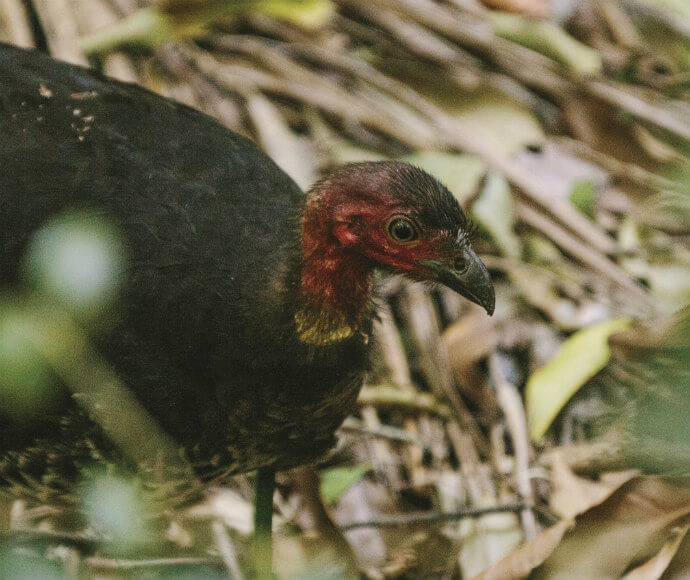
Australian magpie | Native animals
Ever been swooped by a magpie in spring? It's only defending its family during the nesting season.
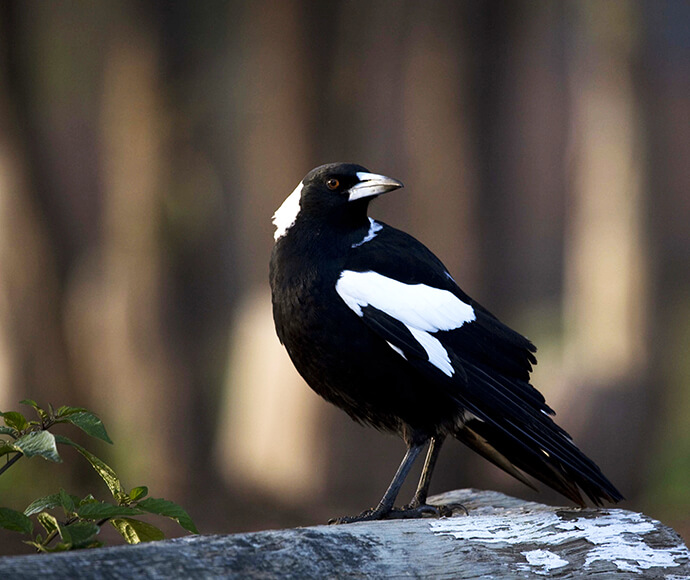
Bandicoots | Native animals
Often confused with rodents, bandicoots are small, omnivorous marsupials.
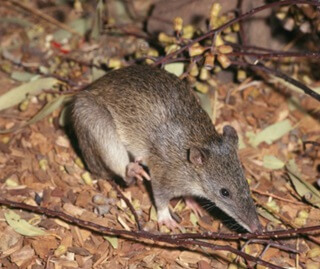
Bowerbirds | Native animals
Bowerbirds are very closely related to birds of paradise, and species of bowerbird are found in many parts of Australia and New Guinea.
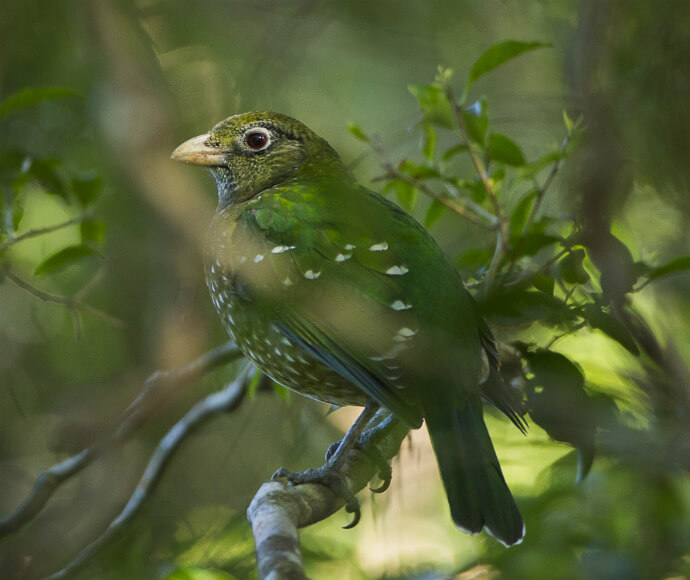
Echidnas | Native animals
Echidnas, together with the platypus, are the world's only monotremes, or egg-laying mammals.
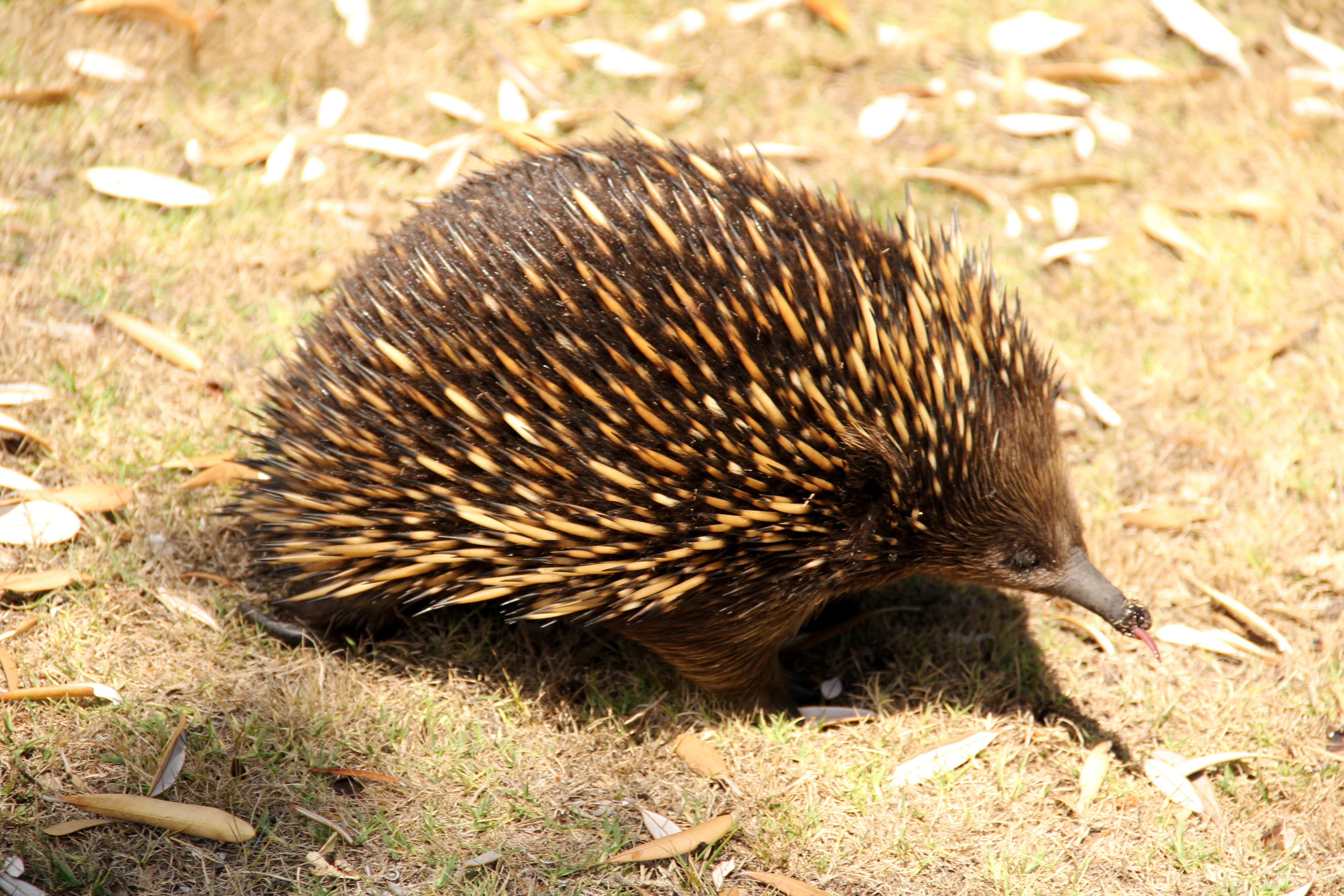
Emus | Native animals
The word emu comes from the Portuguese word 'ema', which means 'large bird'.
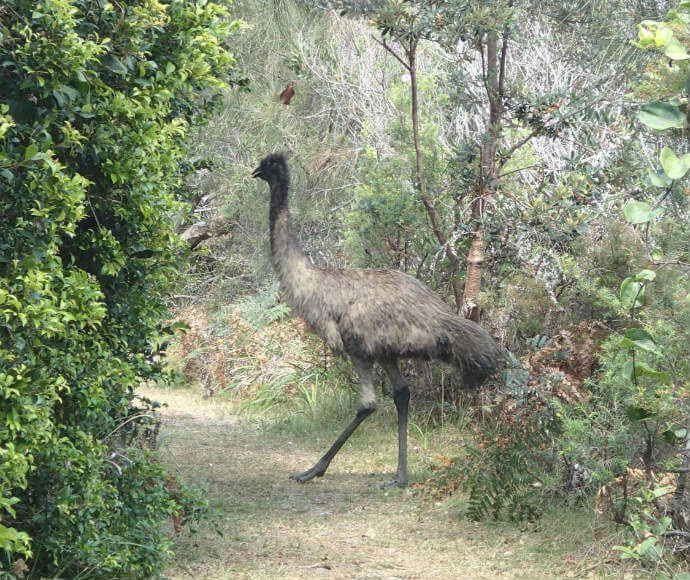
Flying-foxes | Native animals
Flying-foxes are nomadic mammals that travel across large areas of Australia, feeding on native blossoms and fruits, spreading seeds and pollinating native plants.
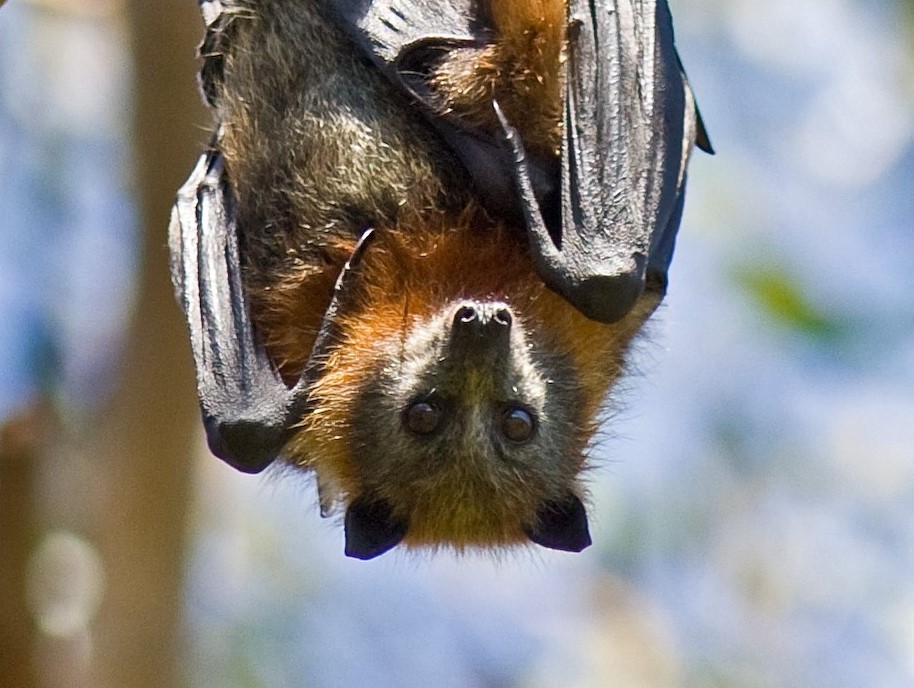
Why are flying foxes protected? | Native animals
The grey-headed flying fox is listed as a threatened species and is protected by law because numbers have rapidly declined over a relatively short period of time.
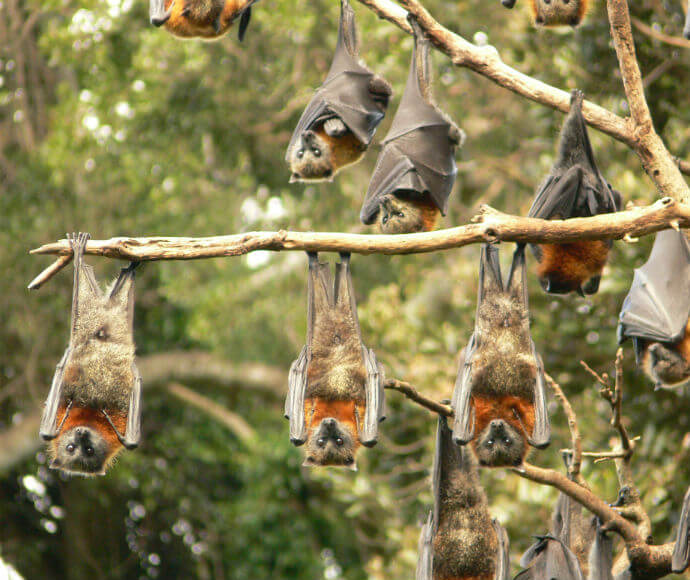
Health and handling | Native animals
Human infections from viruses borne by flying foxes are very rare. There is no risk of infection if you do not make physical contact with a flying fox.
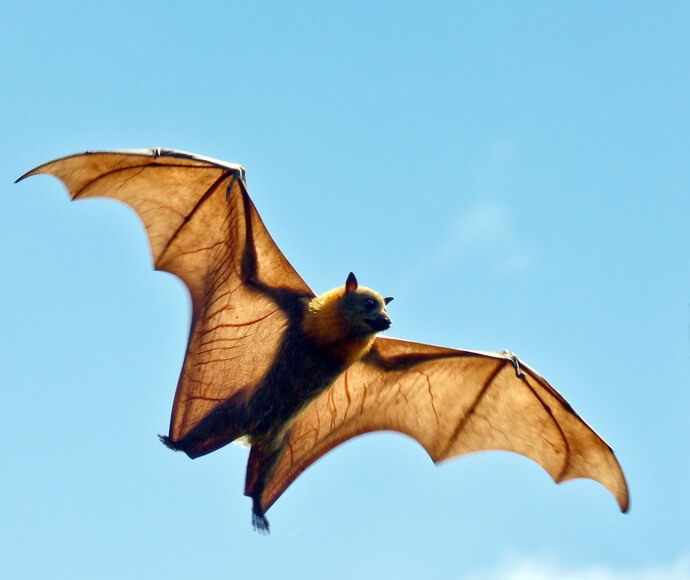
Living near a flying-fox camp | Native animals
A flying-fox camp is a patch of trees that flying-foxes are found in during the day. Living near these camps can sometimes be a problem, but there are ways to minimise the disturbance camps can cause.
